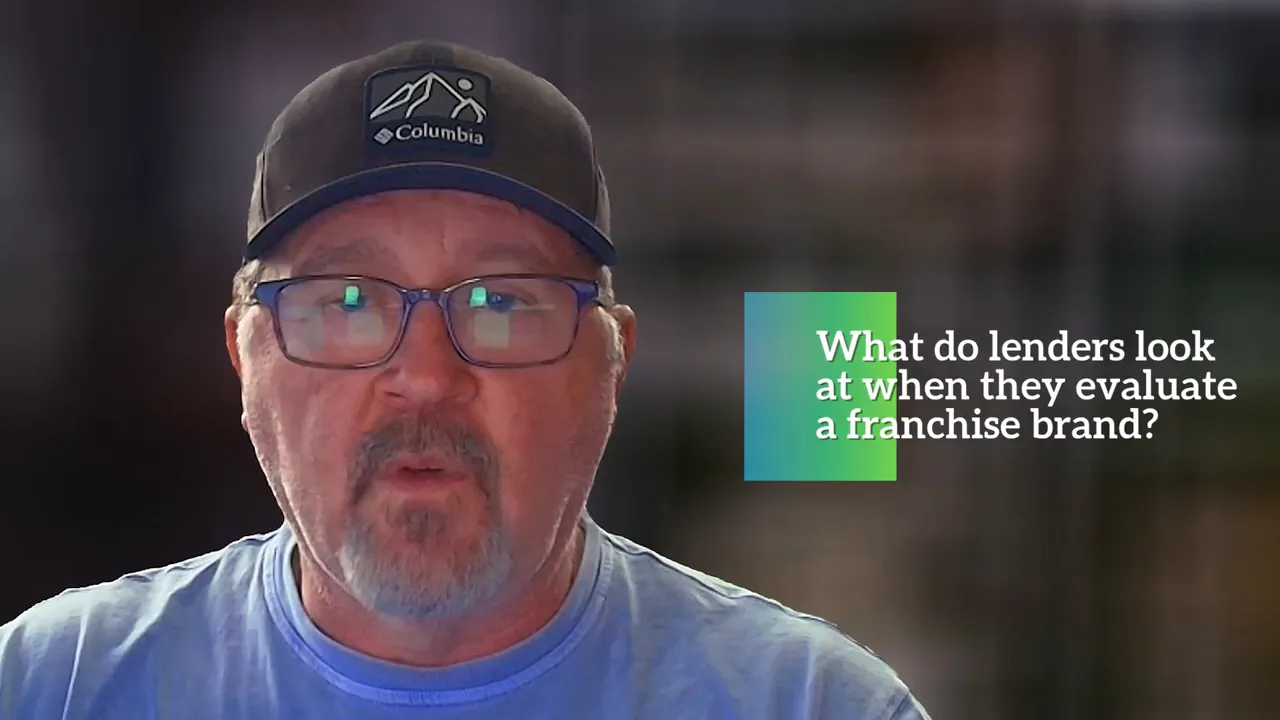Business Ownership Coach | Investor Financing Podcast — as a franchise consultant and commercial mortgage advisor, I’ve seen the same pattern over and over: the brand you pick doesn’t just determine the product or service you’ll sell — it often determines whether a lender will say “yes,” how much they’ll lend, and how much of your own money you’ll need to invest up front. In this article I’ll walk you through exactly what lenders evaluate, how franchise strength changes deal economics, and how to position your loan file so you win approvals. I’m Beau Eckstein, and this is a practical guide from someone who helps people find, fund, and scale franchise businesses on the Investor Financing Podcast.
Quick overview: why brand strength matters

The short version: lenders rely on historical performance data. A franchise with many proven locations gives a bank confidence that projected revenues are realistic and that default rates are low. Emerging brands with a handful of locations create uncertainty — and uncertainty costs you in the form of higher equity injection requirements, more conservative loan sizing, and tougher underwriting.
What lenders actually look at when evaluating a franchise

Lenders are trying to answer one question: is this franchise likely to produce the cash flow projected in the business plan? To answer that, they look at:
- Number of operating locations (scale matters)
- Brand longevity and historical performance
- FranData or FRA ratings that measure franchise fundability
- Franchise registry status on the SBA directory
- Borrower credentials: credit score, liquidity, current income
Some large banks impose hard thresholds. For example, one major bank now prefers brands to have at least 10 operating locations before they’ll consider funding the deal. Other banks instead rely heavily on FranData scores to quantify the brand’s risk. Because many franchise loans are projection-based and under $350k of loan amount often don’t require additional collateral, lenders treat small franchise deals as higher risk — and they price and structure them accordingly.
Top-tier versus emerging brands: how financing changes
When a lender sees a top-tier franchise with hundreds of locations and a solid SBA loan performance history, the door opens. You may qualify for:
- Higher loan-to-cost ratios (some lenders will do 80% routinely; exceptional deals and borrowers can see up to 90%)
- Smoother underwriting because historical data validates projections
- Lower perceived risk and potentially better rates
In contrast, an emerging brand forces lenders to rely more on the borrower’s profile and the deal’s compensating factors. You can still get a loan, but expect more scrutiny and a potentially larger equity injection. If you don’t have significant liquidity or transferable business experience, the same franchise concept under a weak brand could be declined or require much more owner capital.
Liquidity, credit scores, and the current lending climate

Photo by Kevin Ache on Unsplash
Two variables consistently swing underwriter decisions: credit score and liquidity. Lenders use SBA credit scoring models — many of our go-to banks increased their minimum scores during tougher market periods (what used to be 165 can now be 180). That jump singles out marginal borrowers who previously might have qualified.
Liquidity matters even more: banks prefer to see cash or liquid assets that aren’t encumbered. Retirement accounts are counted differently and borrowing against retirement or using HELOCs is allowed, but underwriters favor cash that’s ready to be deployed. If you’re not currently earning income from another source, banks will ask, “How will you pay your bills now?” A borrower with $400,000 in liquid assets tells a very different story than someone with $50,000 and monthly obligations.
How SBA registry status and FranData scores influence approvals
Lenders like quantifiable franchise metrics. FranData scores (or similar franchise risk ratings) essentially rate brand fundability. Many lenders plug this score into their decision matrix: a higher FranData score equals a smoother path to funding because there’s historical evidence to support the projections.
Registry status on the SBA directory also matters. A brand listed and with franchised units that have an established track record gives banks comfort. Conversely, brands in early stages — even if they have great marketing and a polished franchise disclosure document — lack the volume of data banks prefer. That pushes lenders to either ask for more equity or decline the deal altogether.
Compensating factors: how to offset a weaker brand

Not all hope is lost if you love an emerging brand. Lenders will consider compensating factors — borrower strengths that offset franchise risk. Key compensating factors include:
- Strong personal credit and high SBA credit scores
- Substantial liquid reserves (cash, brokerage accounts)
- Relevant experience and transferable skills to operate the business well
- Strong global cash flow and current income to meet living expenses
If you lack one area, make up for it in another. A well-documented plan, strong liquidity, and clear transferable experience can tip the scales in your favor. That’s why working with an advisor who knows which lenders accept what risk profile is valuable — we can match your deal to the bank most likely to say yes.
How our process helps you pick brands that open lending doors
Photo by Vitaly Gariev on Unsplash
When I work with clients, we don’t just look at lifestyle fit — we evaluate fundability first. That means:
- Reviewing your credit, liquidity, and income up front
- Comparing multiple franchises and explaining which are easier to finance
- Matching you with lenders who do “common sense underwriting” for more challenging deals
- Positioning your loan file to anticipate underwriter questions
For example, if you love two franchise concepts but have limited liquidity, we’ll guide you to the one likely to require a smaller down payment or fewer reserves. If you have strong cash, credit, and experience, we’ll show you how that story can overcome an emerging brand’s lack of scale.
Practical next steps if you’re serious about franchise financing

Before you sign anything, do these four things:
- Get a clear assessment of your credit score and available liquidity.
- Ask the franchisor for their historical performance data and check FranData/FRA metrics where available.
- Talk to at least one lender or broker who specializes in franchise and SBA loans so you understand possible loan-to-cost outcomes.
- Position your file: document compensating factors and prepare explanations for any perceived weaknesses.
Following these steps increases your chances of a smooth closing and helps you avoid surprises when your lender digs in.
Conclusion: your franchise choice is a financing choice
Photo by Vitaly Gariev on Unsplash
Choosing a franchise is not just an emotional or operational decision — it’s a financing decision. Pick a brand with proven unit economics and a solid SBA loan performance history and you’ll unlock better loan-to-cost ratios, lower equity injections, and easier approvals. If you prefer an emerging brand, go in with compensating factors: strong liquidity, excellent credit, and demonstrable experience. And don’t go it alone — lenders, franchisors, and experienced advisors each play a role in making the deal happen.
If you want help matching your profile to franchise brands that open lending doors instead of closing them, schedule a conversation. I work with entrepreneurs every day to align brand selection and financing strategy so you can focus on building your business. Business Ownership Coach | Investor Financing Podcast — we’ll help you get financed and get to work.
Business Ownership Coach | Investor Financing Podcast


